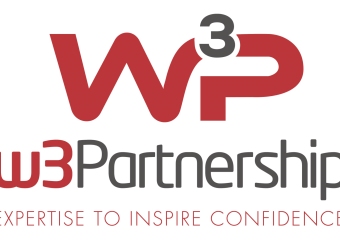In the modern world, no business exists in isolation. In the retail sector, perhaps more than any other, this means that information from customers, suppliers and distributors is vital to delivering effective services.
Business to Business
In order to succeed, retail and consumer companies are forging ever closer ties. This allows them to make better decisions, get goods to stores in a timely manner, and market them effectively. All of this is enabled by data.
A combination of point of sale technology and effective supply chain tracking means that knowing exactly where goods are and how they’re selling is easier than ever before. But for this to work effectively, it requires a timely and accurate exchange of data.
In the past, companies tended to keep their information close to their corporate chests, but now there’s far more pressure to share information. While this is good for business decisions, it does require a balance to be struck in regard to security and the governance of data.
Business to Consumer
Of course the customer is a part of this too. Thanks to point of sale systems, loyalty cards, online shopping and so on, retailers now know vastly more about their customers. This allows businesses to respond to real-life demand like never before.
But this too is double-edged, as shoppers expect more from their retailers. They want to be able to buy products they’ve seen advertised and they want to take advantage of services such as click and collect to ensure that they don’t have wasted journeys. This means that retailers need to integrate their online and store systems, in addition to the integration with suppliers that we’ve talked about above.
IT to Everyone
All of this places extra demand on the IT department which has to deliver on what can sometimes appear to be conflicting requirements. Add in new sources of data such as Internet of Things devices and social media analysis, and it’s easy to see how the IT department can quickly become a bottleneck.
It’s no surprise then that many businesses are seeking technology partners to help deliver integration and API initiatives. The IT department’s role then becomes one of change management and oversight, ensuring that change is delivered in accordance with the firm’s goals and compliance requirements.
Of course IT is also the gatekeeper of in-house data and is therefore best placed to understand where information is generated and held, as well as how it’s secured. As more systems move to the cloud and are delivered using as-a-service models, you might think that the process would become easier, but the basic challenges of maintaining data and sharing it safely and securely remain the same.
There will always be opposing dynamics within the organisation that require a mix of technology and cultural change to reconcile and meet the demands of both the company and customer. Retail organisations can no longer afford to do things in the same way they always have. They need to embrace the shift towards integrating and sharing data to streamline the entire supply chain.




